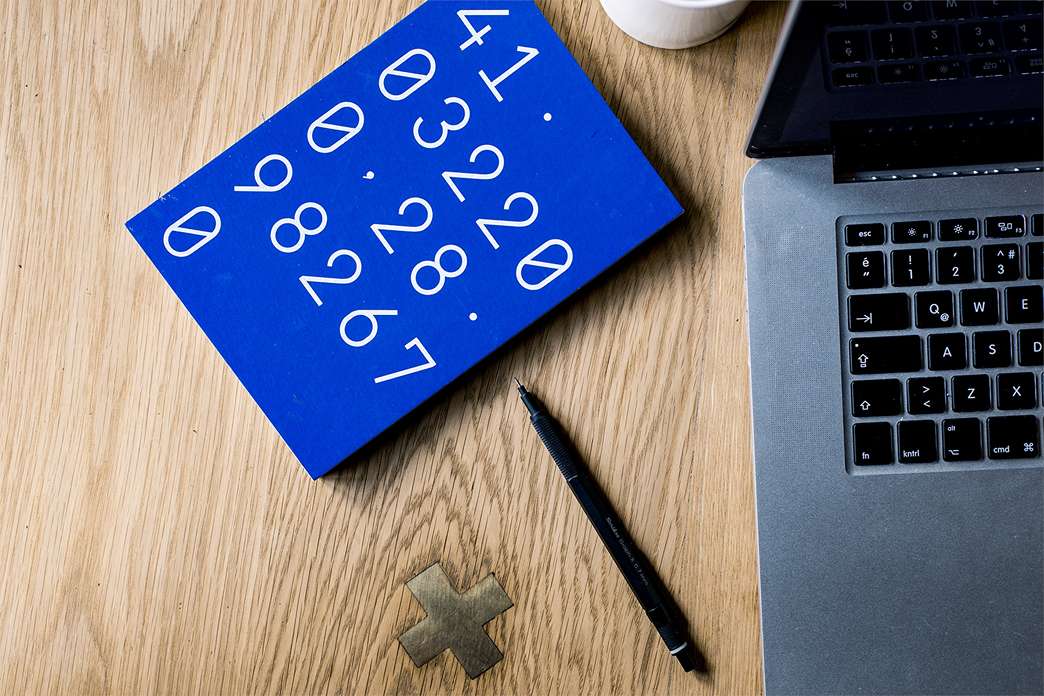What Does Depreciation in Accounting Mean? Understanding The Basics

As businesses acquire assets, they depreciate in value over time. Depreciation is an accounting method that allocates the cost of an asset over its useful life. Understanding how to calculate and record depreciation is crucial for businesses to accurately reflect the value of their assets on their financial statements. In this article, we will discuss the basics of depreciation in accounting, including the methods used for depreciation.
What Is Depreciation?
Depreciation is an accounting method that spreads the cost of an asset over its useful life. This allows businesses to accurately reflect the value of their assets on their financial statements. Depreciation can be calculated using various methods, and the method chosen depends on the type of asset, its expected useful life, and its residual value.
What Does It Do?
The primary purpose of depreciation is to allocate the cost of an asset over its useful life. By doing so, businesses can accurately reflect the value of their assets on their financial statements. This is important because it allows businesses to determine their net income, which is calculated by subtracting expenses, including depreciation, from revenue.
Types of Depreciation Methods
There are several methods used for calculating depreciation, including straight-line depreciation, units of production depreciation, and double-declining balance depreciation.
1. Straight Line Depreciation
Straight-line depreciation is the most commonly used method for calculating depreciation. This method allocates an equal amount of depreciation expense over the useful life of the asset. The formula for calculating straight-line depreciation is:
Depreciation Expense = (Cost of Asset – Residual Value) / Useful Life
2. Units of Production Depreciation
Units of production depreciation is a method that allocates the cost of an asset based on the number of units it produces. This method is most commonly used for assets that produce goods or services, such as manufacturing equipment. The formula for calculating units of production depreciation is:
Depreciation Expense = (Cost of Asset – Residual Value) / Total Units of Production
3. Double Declining Balance Depreciation
Double declining balance depreciation is a method that accelerates the depreciation expense of an asset. This method is most commonly used for assets that are expected to lose their value quickly, such as computer equipment. The formula for calculating double-declining balance depreciation is:
Depreciation Expense = (Net Book Value x Depreciation Rate)
Importance of Accurate Depreciation
Accurately calculating and recording depreciation is essential for businesses to provide a clear and accurate picture of their financial position. Depreciation impacts the balance sheet, income statement, and cash flow statement, and inaccuracies in depreciation can lead to incorrect financial statements.
Factors Affecting Depreciation
Several factors can affect the depreciation expense recorded for an asset. These include the cost of the asset, its useful life, and its residual value. Other factors that can affect depreciation include changes in market conditions, changes in technology, and changes in regulations.
Differences between Depreciation and Amortization
Depreciation and amortization are similar concepts used in accounting, but they apply to different types of assets. Depreciation is used for tangible assets, such as buildings and equipment, while amortization is used for intangible assets, such as patents and copyrights.
Understand About It?
Depreciation is a critical concept in accounting that reflects the reduction in value of an asset over time. Businesses must accurately calculate and record depreciation to provide a clear and accurate picture of their financial position. The method chosen for calculating depreciation depends on the type of asset, its expected useful life, and its residual value.
If you want to learn more about business, make sure to check out our other business articles in Vincoguide! Good luck, we hope this helps.


